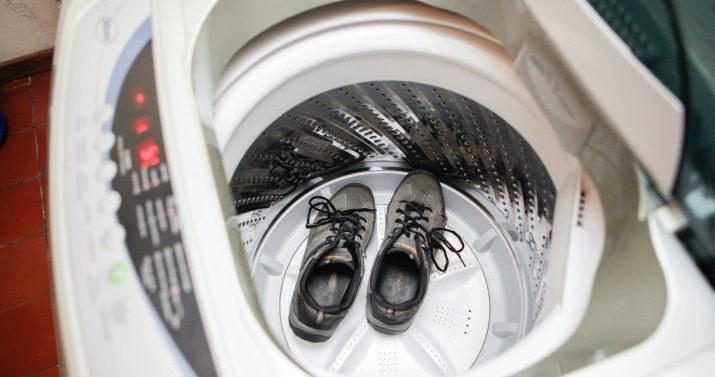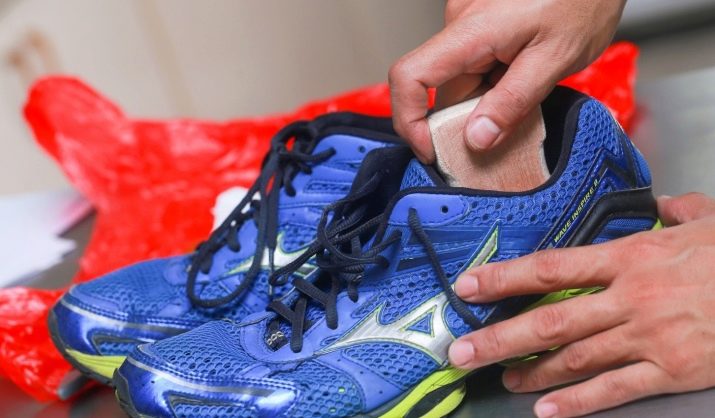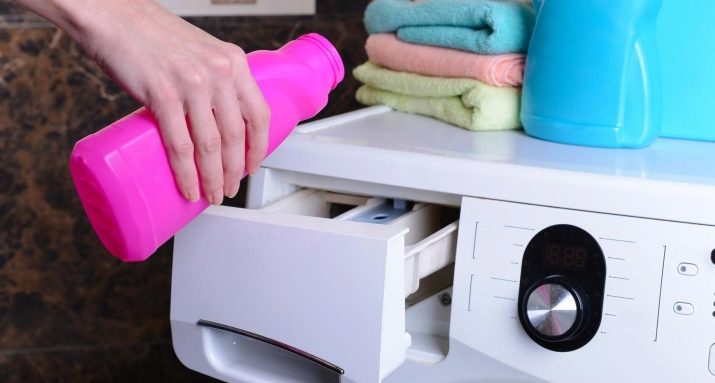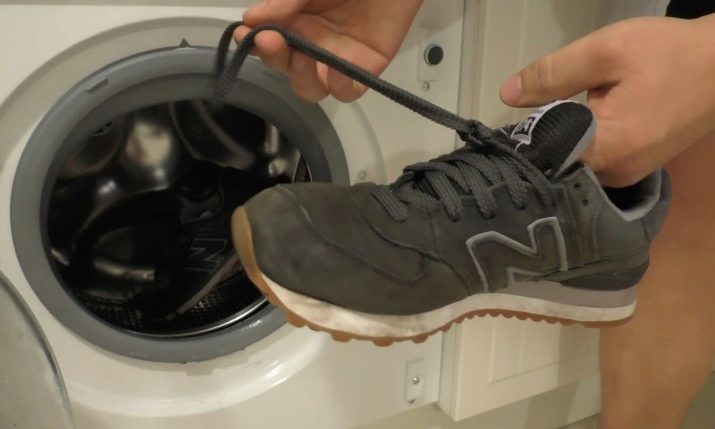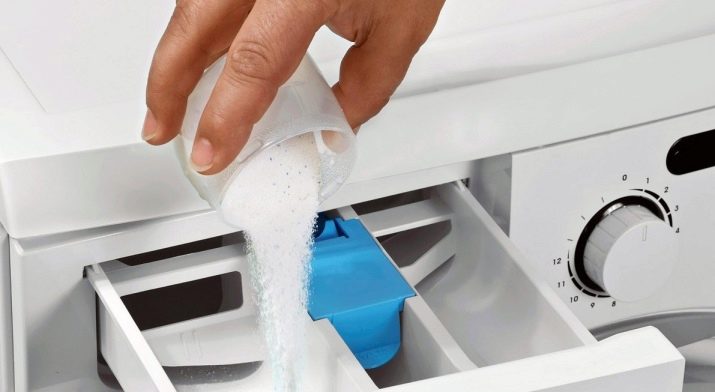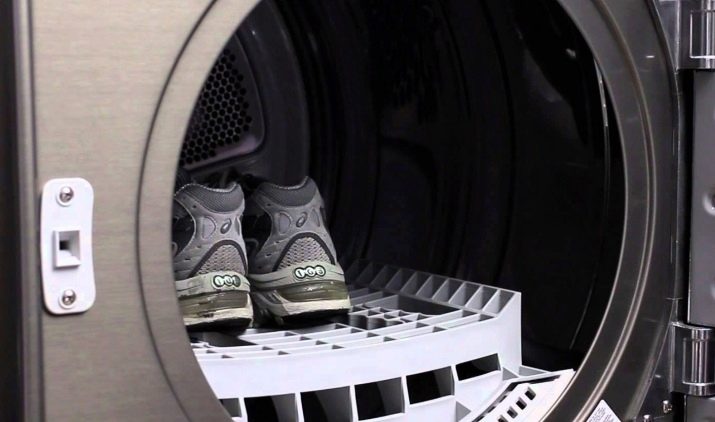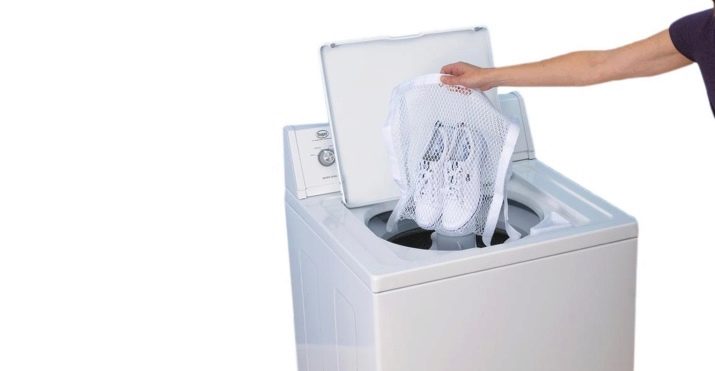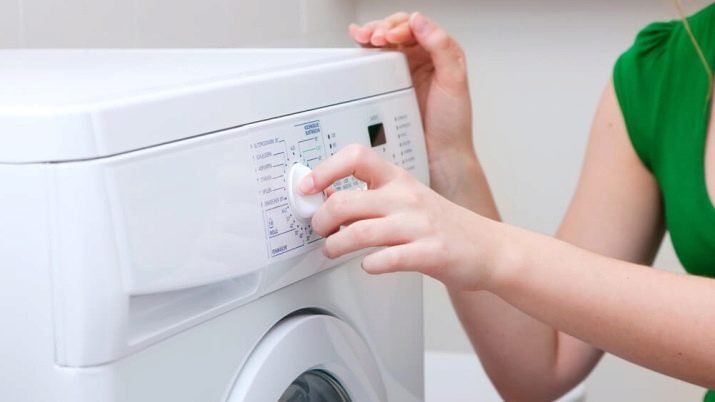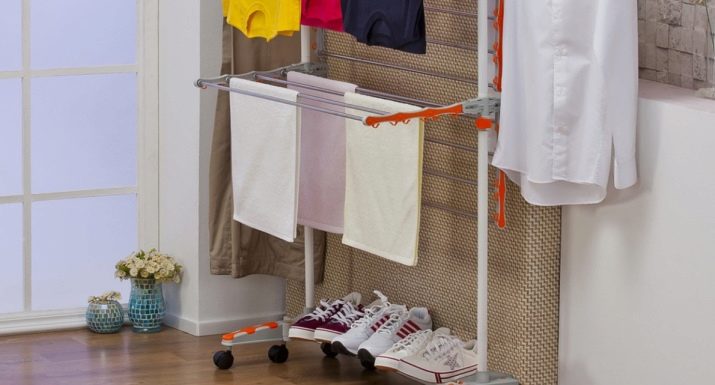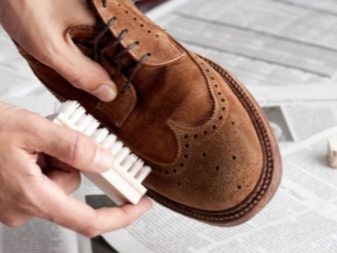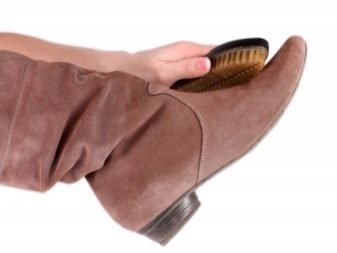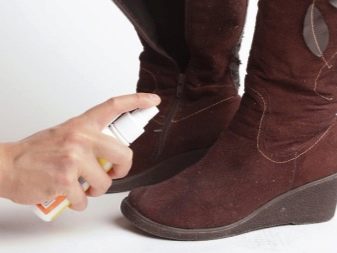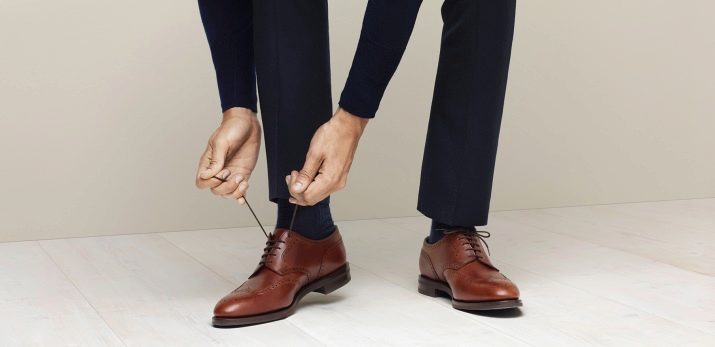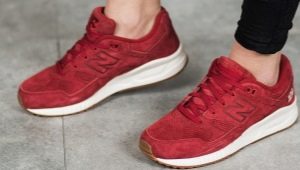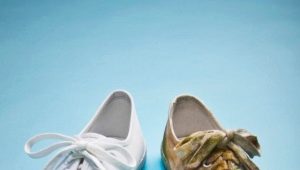Rules for washing shoes in the washing machine
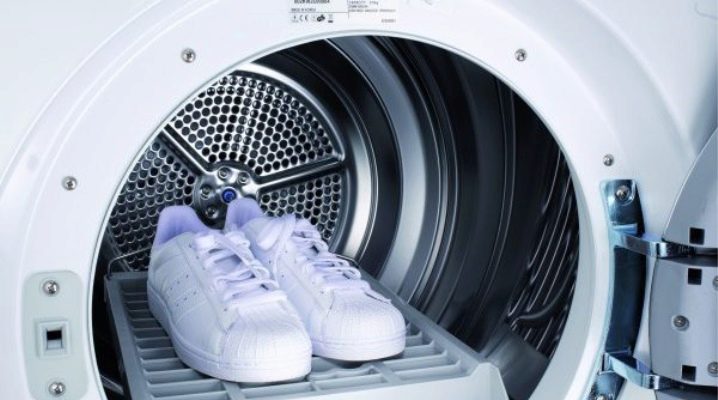
With the development of technical progress and the emergence of various techniques, life has become simpler. So, with the invention of the automatic washing machine, you no longer need to allocate a whole day for washing. She can refresh even delicate things, keeping their original appearance. Unfortunately, all year round, along with clothes, shoes are also polluted, which takes a long time to clean. However, manual cleaning is often ineffective: ingrained dirt and stains of winter reagents are firmly deposited on the surface of shoes. To solve this problem, manufacturers of some washing machines have included in their models mode for washing shoes.
Types of pollution
Before you start washing shoes in a machine / manual way, it is necessary to determine the type of pollution and its degree. Usually, “old” dirt is heavily washed in the autumn-spring period and salt sediment on boots in winterthat appears when treating roads with anti-icing agents. Also, a pair of shoes with an unpleasant smell is subject to cleaning: in addition to the discomfort delivered to the owner, it is an excellent breeding ground for pathogenic microorganisms, which can be harmful to health.
How to wash?
Currently, there are many tools used for washing in a washing machine, which are suitable for shoes. It is best to use liquid powders or capsules consisting of a solution of high concentration, which allows you to clean hard stains and dirt. But in the absence of liquid products, powdered cleaners can also be used. The amount of powder for shoes should not exceed 20-30 g. When washing white shoes you can add Vanish for white - it will return the original appearance to the pair.
Consider the type of material
It is necessary to consider the type of material from which the pair is made. In order not to spoil the shoes, before washing you need to choose the appropriate type of cleaning. Products made of the following materials are not allowed to be machine washed:
- leather shoes. The skin after washing is deformed and loses its presentation;
- fur and suede. Shoes with fur and suede leather shed and deteriorate when exposed to machine wash.
For washing in the machine is best suited sports cloth shoes (sneakers, sneakers, conversions, slipona). You should not wash ballet shoes, sandals, slippers and shale, as they simply can not withstand a long stay in the water and unstuck.
Colour
For color models, a hand wash adds a concentrate to the cleanser to preserve color. When machine washable, the concentrate may be in the composition of the liquid powder, or it should be added separately. With frequent washing it is better to buy special powder for shoes, as it contains all the necessary elements for a careful and high-quality care.
To add freshness or remove yellow residue from the white pair, you need to add bleach. Currently there is a huge selection of concentrates / bleaches on the market. The most popular of them is vanish.
How to wash?
Before you load your favorite sneakers into the washing machine drum, you should check your shoes for damage and defects (if the integrity of the seams and the coating is broken, then after washing the steam may become unsuitable for wearing). It is also not recommended to wash items with beads, embroidery, rhinestones and other decorations. The entire decor will fly away, which will lead to breakage of the washing machine. A pair of shoes before washing must be prepared:
- remove the insoles, laces (it is better to wash them separately and manually);
- clean the sole from contamination (if this is not done, all the dirt from the sole will settle on the surface of the product, which later will not be easy to clean);
- gravel and stones on the sole should also be removed (for convenience, it is better to use an old toothbrush and a sushi stick);
- removable spikes in running shoes must be removed for the duration of the wash.
Prepared shoes should be placed in a special bag for washing (it is sold in any supermarket). The bag will protect the machine from damage. If there is no bag, you can use an unnecessary pillowcase or put a few rags and towels in the drum. The next step is to add detergent. The powder is loaded either directly into the drum itself or into a special compartment (this information is usually indicated on the packaging of the product).
It is better to reduce the amount of powder to avoid stains and to rinse shoes well. For the fabric pair, you must select the "additional rinse" function. If you have a special mode for washing shoes - install it. If there is none, then a delicate wash program or “short program” would be ideal. An important condition for any mode is disabling the spin and dry function.
It is also undesirable to load more than one pair of shoes into the machine at the same time.
After the correct washing comes the next important stage - drying things. Taking shoes out of the drum, they need hang in a warm and well ventilated area To make the glass extra water (a gentle alternative to machine spin). In the summer, the ideal place is a balcony with open windows, and in winter - a bathroom with ventilation turned on.
After the excess moisture glass, the shoes are left in a warm place (away from heating and heating devices) with well-circulating air. If the apartment has a warm floor, you can dry a couple on it. Boots stuffed with white paper (newspaper paint with moisture has coloring properties) and periodically change it until the product is completely dry.
What cleaning method is suitable for slip-ons, conversions, shoes like espadrilles, as well as winter boots and autumn boots? It is best to use the manual method of washing with a minimum water load on the product.
The preparatory stage for hand washing is the same as for the machine wash (remove the insoles, unlace the laces, and so on). Then you need to choose a detergent. For these purposes, the usual laundry detergent for clothes, special laundry detergent, liquid soap, dishwashing detergent, professional cleaning products (before using such substances, make sure that they can be used on fabrics).
When preparing the solution (for convenience, it is better to use two pelvis: one with clean water for rinsing and the second with powder) you need to take into account the temperature of the water. It should not be too hot or cold. The best option would be warm water. The hot composition can damage the footwear, and the cold one does not properly clean the pair. Hand washing principle:
- a cloth moistened in a solution, wipe the shoes from the inside, then rinse them in a container with clean water and wipe the shoes again;
- then go to the outside of things. They clean the entire surface of the shoe and, if necessary (in places of severe pollution), apply force. If the contamination is too strong, the shoes can be left in this form for soaking for several hours, after which the solution should be washed off and repeat the procedure again;
- It is important to know that only products made of high-quality fabric can be locked. Low-quality pairs, as well as all types of leather shoes, suede (ugg) or fur exclude soaking. Also, all of the above materials accept the most dry and gentle type of cleaning.So, for suede leather a special brush will be the best solution, and it is better to lightly treat fur with a semi-dry cloth with a very weak solution. High-quality leather can withstand a large amount of moisture, but when washing leather shoes, special attention should be paid to rinsing (the remaining detergent on wet shoes turns into ugly stains and spoils the material when dried).
Insoles also need to be treated with a solution in a similar way and wash them under running water. Laces can be washed in a solution or soap in the sink.
Tips and tricks
Here are some useful tips for washing shoes:
- after each walk wipe the pair. This will prevent the quantity and intensity of washes and increase the service life of the products;
- use protective aerosol regularly. Protective products are sold in all shoe stores. Irrigation of the shoe surface after washing prevents excessive dryness and cracks after drying. When applied, the aerosol forms an invisible film that protects the shoes from excessive moisture and prevents contamination;
- Do not neglect the hygiene shoes inside. Periodically wash the insoles, and treat shoes with antimicrobial deodorants, which are also effective in combating unpleasant odors;
- use a toothbrush and a rag to wash the white shoes by hand;
- if after washing the unpleasant smell inside the shoes is preserved, then use table vinegar. Table vinegar perfectly copes with an unpleasant smell. To remedy the problem, moisten an unnecessary rag or cotton pad with vinegar and thoroughly rub the shoes from the inside. You can also handle and insole. Observe safety measures when working with vinegar and remember that inhaling its vapors can cause burns to the mucous membranes of the upper respiratory tract;
- after washing, leather shoes can be treated with baby cream, petroleum jelly or castor oil;
- if you want to use purchased means for washing shoes, it is better to give preference to branded and high-quality compositions. If you plan to clean the pair manually, then put on rubber gloves before that, so as not to damage the skin of your hands.
Thanks to such recommendations, the shoes will keep their presentation for a long time.
If you follow all the rules of washing, the risk of damage to your favorite couple is minimized. Based on the above information, we can draw the following conclusion: you can and should wash almost any shoe. The exceptions are expensive products made of terry material. They can not be washed at home, it is better to use the services of dry cleaning.
To learn how to wash your shoes in a washing machine, see the following video.
